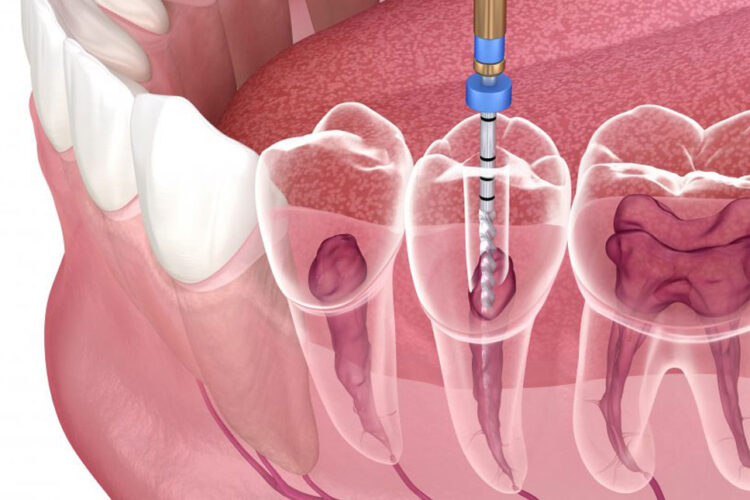Tooth decay is the most prevalent dental problem that can compromise your oral health if not treated on time. Delay in addressing the initial tooth decay can lead to the spread of the infection to the deeper layers of your tooth. This over time can damage your tooth structure that cannot be restored through regular fillings.
Fortunately, the Grand Valley dentist and their team can play a crucial role in restoring an extensively damaged and diseased tooth through root canal therapy. We will help you understand the procedure through this informative blog.
A detailed description of root canal therapy
Root canal treatment is an endodontic procedure that aims to eliminate infection from the tooth by removing the pulp and restoring it with a biocompatible material (gutta percha). The pulp is the innermost mass of connective tissue comprising the blood vessels and nerves that actively nourish the tooth.
You may need a root canal therapy for the following reasons:
- Tooth decay has spread to the pulp, causing intense pain and discomfort
- You have a cracked or broken tooth
- You require this therapy before opting for a dental bridge
The signs that indicate the need for root canal therapy
- Excruciating pain in the tooth that does not subside easily even after taking medications
- Increased sensitivity to heat and cold temperatures
- Visibly swollen gums
- Presence of an abscess (pus-filled pocket) around the affected tooth
- Swollen jaw causing facial asymmetry
- Tooth discoloration
- Pain while biting or chewing
- A chipped or cracked tooth
- Loose tooth
The procedure involved in root canal therapy
Root canal therapy is a simple outpatient procedure that involves the following steps:
- Your dentist will evaluate the affected tooth to determine the pain intensity, sensitivity, and gum changes.
- A dental X-ray will be taken to assess the extent of pulpal involvement and study the root morphology.
- Your dentist will administer local anesthesia to numb the tooth, followed by isolating the tooth with a rubber dam. This helps prevent excess moisture.
- Next, using ultrasonic instruments, and rotary files, the decayed tissues will be excavated, and an access opening will be made to expose the roots.
- Your dentist will remove the entire pulp along the length of the root canals.
- Later on, your dentist will clean, shape, and sterilize the canals using tiny files and irrigating solutions.
- The tooth will then be filled with a biocompatible material called gutta-percha, and an adhesive cement will be used to seal everything together.
Finally, the tooth that has undergone root canal treatment will be sealed using an appropriate dental cement, and then permanently restored with a crown or bridge. This process effectively restores the natural tooth to its original shape, functionality, and appearance.

